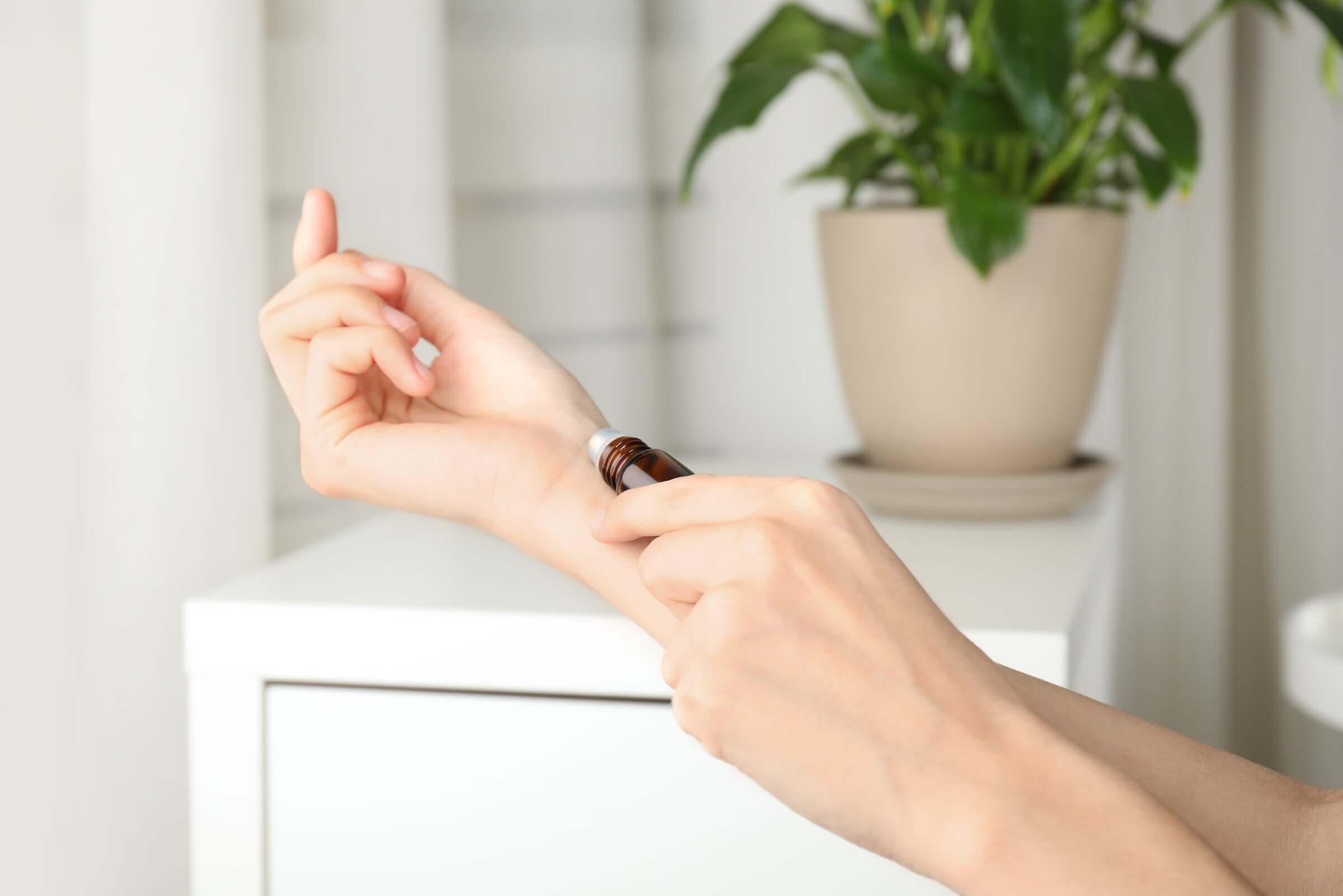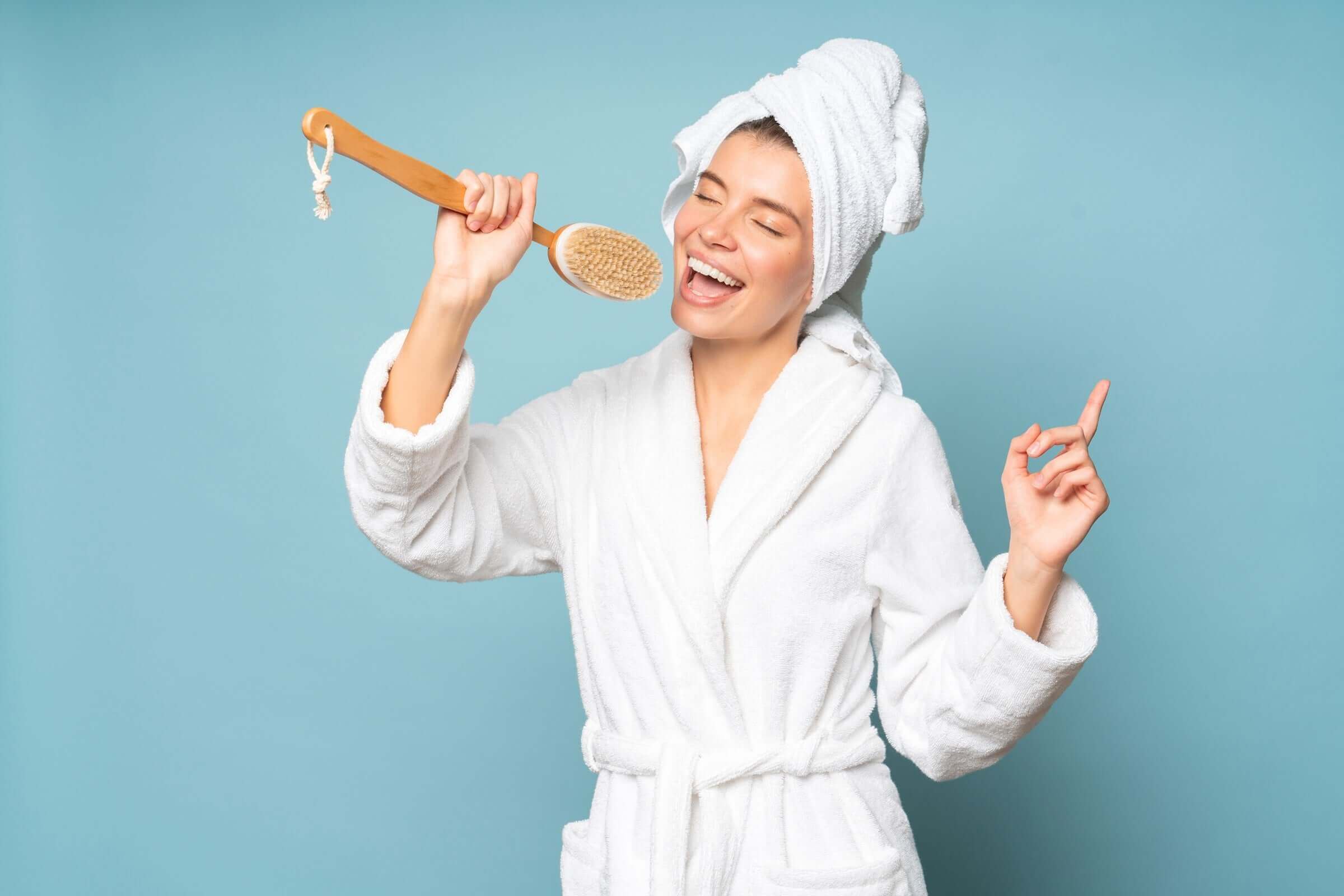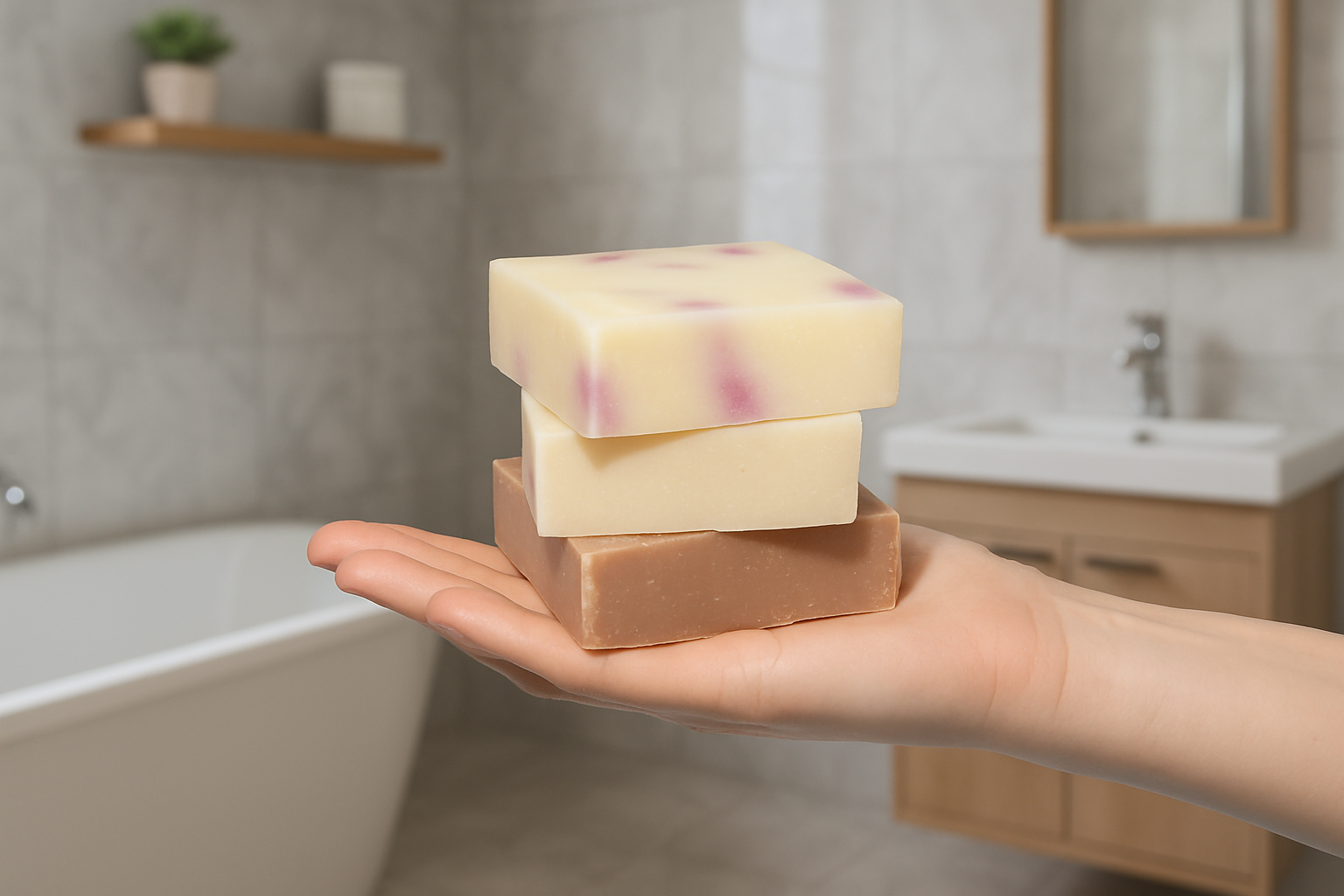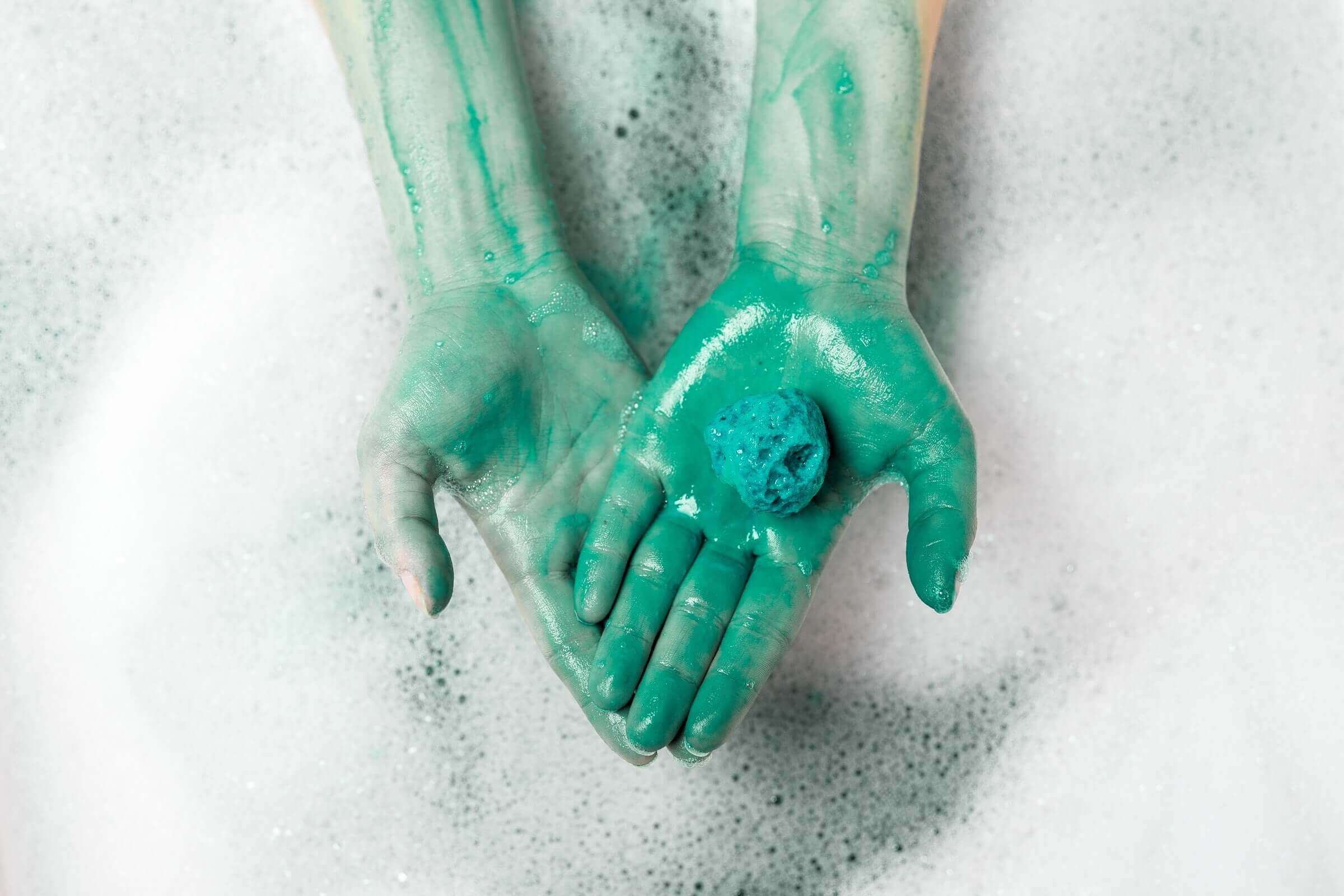Aromatherapy's Sweet Spot: Essential Oil on Pulse Points

Pulse point aromatherapy, an age-old practice, has been quietly weaving its aromatic magic through the ages. Yet, it's only in recent times that its profound impact on well-being has captivated the attention of a broader audience. What exactly is pulse point aromatherapy, where are your pulse points, and why are essential oils becoming the go-to remedy for seekers of holistic wellness?
Demystifying Aromatherapy
Aromatherapy operates on the premise that scents can influence emotions, mood, and even physical health. When these essential oils are inhaled or applied to the skin (usually diluted with carrier oils), they interact with the body's limbic system—the part of the brain responsible for emotions, memories, and arousal—triggering various responses.
While research into aromatherapy is ongoing, studies have indeed highlighted its potential in managing various conditions, especially in alleviating symptoms related to pain, depression, anxiety, muscle tension, sleep disturbances, and nausea.
The Role of Essential Oils
At the heart of this practice lie essential oils, potent extracts derived from plants. These oils, meticulously distilled or extracted, carry the concentrated essence and fragrance of botanicals. They embody nature’s healing touch, offering a spectrum of benefits—from calming nerves to boosting energy, depending on the specific oil used.
But there’s more to essential oils than just their aroma. Each oil boasts a unique profile of compounds that can influence mood, alleviate stress, and even aid in physical well-being. Lavender, with its calming scent, can whisk you away to relaxation, while the invigorating scent of peppermint might sharpen focus and clarity.
When applied to pulse points, essential oils offer several benefits due to the unique characteristics of these areas on the body.
Understanding Pulse Points
Imagine a world where scents aren’t just pleasant fragrances but gateways to tranquility, focus, or even relief. That’s the essence of pulse point aromatherapy. It’s the art of strategically applying essential oils to specific areas where your heartbeat is palpable, known as pulse points. These locations on the body—wrists, temples, neck, inner elbows, and behind the knees—are like gateways that allow the oils' therapeutic properties to permeate swiftly into your system.
Where are your pulse points?
Pulse points are specific areas of the body where you can feel your heartbeat. These spots are where arteries are close to the skin's surface, making it easier to detect the rhythmic pulsation of blood. The major pulse points include:
- Wrists: The radial artery runs along the inside of your wrist, just below the thumb. This spot is easily accessible and commonly used for checking pulse rate.
- Temples: Located on the sides of the forehead, where the superficial temporal artery is found.
- Neck: The carotid artery runs along both sides of the neck, just below the jawline.
- Inner Elbows: The brachial artery passes through the inner elbow, easily felt when taking blood pressure.
- Behind the knees: The popliteal artery runs behind the knees, another area where you can feel the pulse.
Why Apply Essential Oils to Pulse Points
Enhanced Absorption
Pulse points have relatively thinner skin and are close to blood vessels, allowing for quicker absorption of substances applied to these areas. Essential oils, when applied here, can enter the bloodstream faster, providing quicker effects.
Localized Effect
Placing essential oils on pulse points allows for a more localized effect, concentrating the aromatic and therapeutic properties in a specific area. This can intensify the benefits you seek from the essential oil, whether it’s relaxation, focus, or relief from discomfort.
Optimal Heat
Pulse points tend to be warmer than other parts of the body due to the proximity of arteries. Heat can help diffuse essential oils, potentially enhancing their scent and therapeutic effects.
Convenience and Sensory Experience
Applying oils to pulse points is convenient and offers a sensory experience. It encourages deeper breathing and provides a pleasant aroma that you can easily smell throughout the day.
Tips for Applying Essential Oils to Pulse Points
- Dilution: Essential oils are highly concentrated and should be diluted with a carrier oil like coconut, almond, or jojoba oil before applying to the skin to prevent irritation or allergic reactions.
- Application: Use your fingertips to gently massage a small amount of diluted essential oil onto the pulse points. Avoid applying directly to the skin without dilution.
- Choice of Oils: Different essential oils offer various benefits. Lavender promotes relaxation, peppermint can aid in concentration, while citrus oils like lemon or orange can uplift mood.
- Individual Sensitivity: Everyone reacts differently to essential oils. Perform a patch test before widespread application to ensure you don’t have any adverse reactions.
Where to buy pulse point aromatherapy roll-ons?
Finding pulse point essential oils for your aromatherapy needs can be as simple as exploring reputable retailers specializing in natural wellness products, local health stores, or certified online vendors.

Let Mrs. Fixit, fix it: Tub Therapy’s Mrs. Fixit Peppermint CBD Full Spectrum Peppermint Roll-On combines pure peppermint extract and full-spectrum CBD, crafted to alleviate headaches, migraines, tension, sinus congestion, and nausea, $28 each
Our verdict?
Utilizing essential oils on pulse points can be an effective way to experience their therapeutic benefits. The strategic application to these areas allows for quicker absorption and targeted effects, enhancing the overall experience and efficacy of the essential oils you use. However, it’s important to use them mindfully, considering individual sensitivities and proper dilution to ensure a safe and enjoyable experience.
It's essential to note that individual responses to aromatherapy can vary, and it should be used as a complementary therapy rather than a sole treatment for medical conditions. Consulting with a healthcare professional before use is advisable, especially for those with specific health concerns or conditions.



